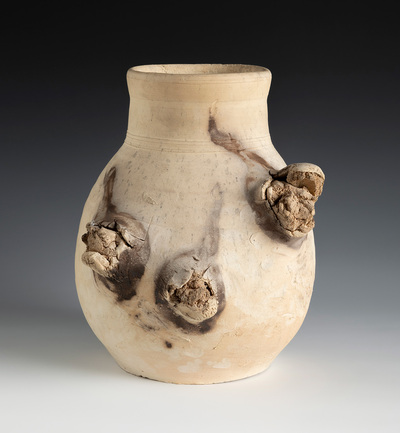Miquel Barceló and the renovation of the millenary art of ceramics
The millenary tradition of ceramic art is experiencing a period of splendor thanks to artists such as Barceló, who have contributed both to perpetuate and renew it.
If Miquel Barceló’s creative personality stands out for anything, it is for his tireless spirit of reinvention and experimentation, turning every technique and discipline into a permanent creative challenge. In this sense, the most international Mallorcan artist of all times, is currently and, for some years now, fully immersed in his work as a ceramist, whose fundamental principles he has squeezed to give birth to creations forged within a tradition that, as the great Pablo Picasso did, he has been able to transgress and renew.
Far from considering it as a minor art or as a mere decorative activity, Barceló and, again, as Picasso did, developed this practice in parallel to the pictorial and sculptural practice, whose interconnection is evident in all the technical forms and themes that underlie the total corpus of a work that the artist conceives as an organic whole. In this way, and without ever losing sight of this tradition that has been present since the Neolithic, Barceló subjects ceramics to a kind of metamorphosis in which he transgresses the original concept through formal manipulation to give birth to a ceramic that has left behind its condition as a simple object to become a vital expression of the artist himself.
This is the case of the splendid piece “Figues negres”, through which we can visualize the line of continuity existing in each of his works, subjecting all of them to a process of material transmutation that is evident whatever their artistic expression. The beauty of this mutation process is manifested in “figues negres”, and by extension in all its ceramic production, through the defects and imperfections that underlie the clay itself and emerge in the firing process. In it, Barceló expresses, like few others, a vision of the world dominated by concepts such as fragility, transience, continuous change, decomposition and death, which are accepted as intrinsic elements of life.
His is therefore an art integrated into life that develops, like any true life experience, thanks to the constant desire for exploration that, among dust, mud, caves and fauna, become not only the engine and creative force of the artist, but also the very material of his work. As Barceló himself states, the objective is “that the body and the clay, the body and the work, are all one”.






